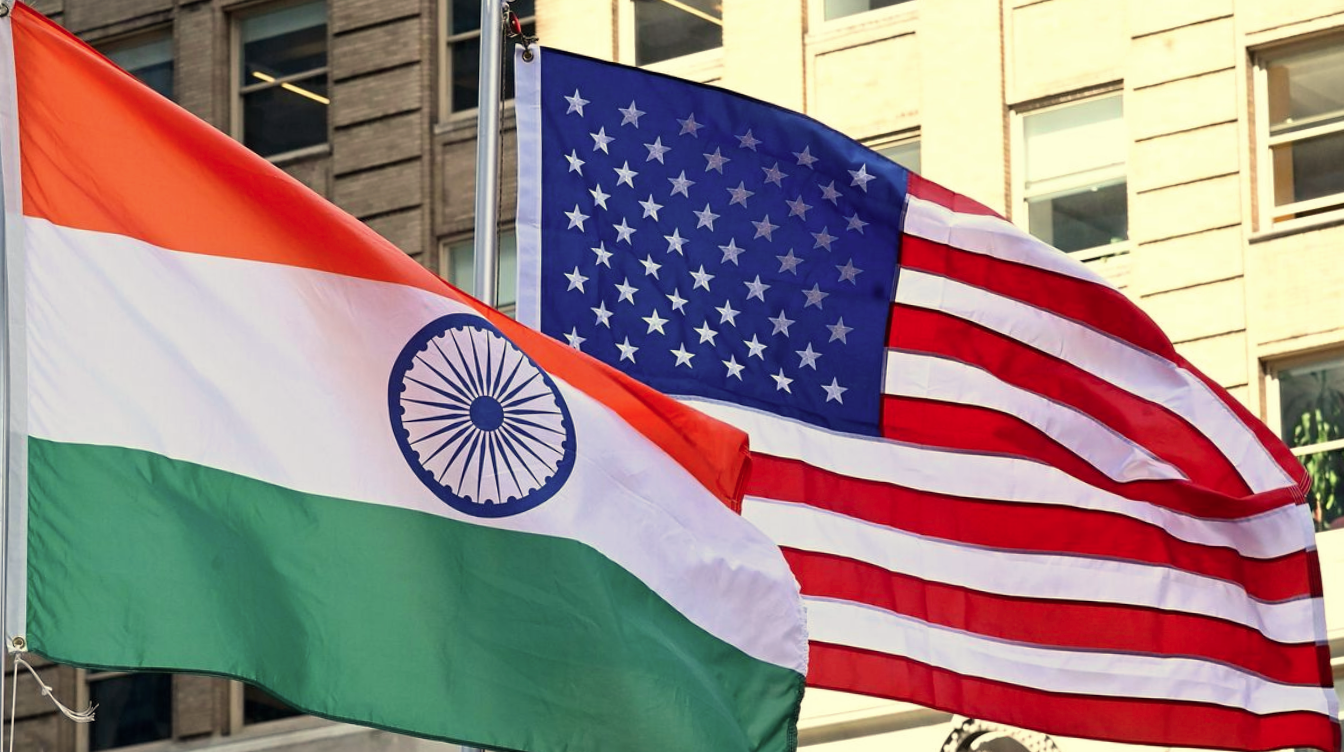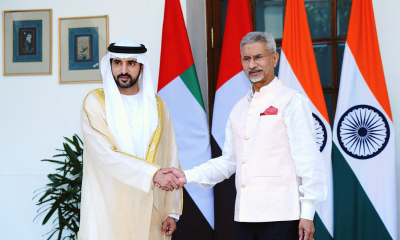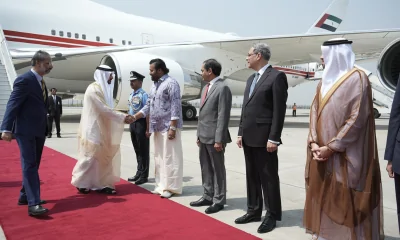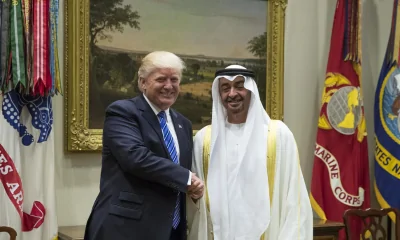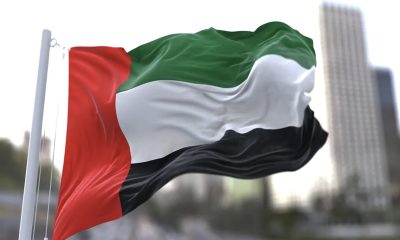In recent years, the concept of strategic partnerships has gained momentum in shaping
regional dynamics and global politics. Taking inspiration from the successful Quadrilateral
Security Dialogue (Quad) in the Indo-Pacific, a “Second Quad” seems to be emerging in the
Middle East.
This nascent alliance, driven by common interests and shared goals, has the
potential to shape the future of the region and contribute to global stability. As this
partnership gains traction, it is important to explore its implications, prospects, and the
challenges it may face on its path to becoming a significant force in the Middle East.
The primary objective of the emerging Second Quad in the Middle East is to promote
security and stability in a region marred by conflicts, geopolitical rivalries, and extremism. By
bringing together key stakeholders, including Saudi Arabia, the United Arab Emirates, Egypt, and Israel, this alliance aims to address shared security concerns and coordinate efforts to counter regional threats effectively. Through information-sharing, joint military exercises, and diplomatic coordination, the Second Quad seeks to establish a robust security framework
that can safeguard vital interests and foster peace.
Countering Terrorism and Extremism
Terrorism and extremism continue to pose significant challenges to the Middle East and the
world at large. The Second Quad recognizes the importance of collective action in
combating these threats. By leveraging their combined resources, intelligence capabilities,
and counterterrorism expertise, the alliance can play a crucial role in dismantling terrorist
networks, cutting off their funding sources, and promoting deradicalization efforts. This
coordinated approach can mitigate the spread of extremist ideologies and contribute to a
more secure and stable Middle East.
Beyond security concerns, the Second Quad holds immense potential to drive economic
prosperity in the Middle East. The participating countries boast robust economies,
technological advancements, and vast resources that, when combined, create a formidable
force. By fostering economic cooperation, promoting trade and investment, and developing
infrastructure projects, the alliance can unlock new opportunities, create jobs, and stimulate
sustainable growth. This economic collaboration can not only benefit the member countries
but also contribute to regional integration and development.
Balancing Regional Power Dynamics
The emergence of the Second Quad introduces a new element of balance in the Middle
East’s power dynamics. This alliance, comprising influential regional players, can act as a
counterweight to existing power centers, thereby fostering a more multipolar and inclusive
regional order. By engaging in constructive dialogue, the Quad can encourage diplomatic solutions to long standing conflicts, bridge divides, and promote dialogue among rival
factions. This balanced approach has the potential to reduce tensions and create an
environment conducive to peace and cooperation.
Also Read: Russia and China: Promoting Stability in the Middle East Amidst US Withdrawal
The formation of the Second Quad in the Middle East marks a significant development with
far-reaching implications. By focusing on security, countering terrorism, promoting economic
prosperity, and balancing power dynamics, this emerging alliance can shape the future of
the region. While challenges undoubtedly lie ahead, the Second Quad presents an
opportunity for collaboration, dialogue, and collective action. Through sustained commitment
and engagement, the alliance can contribute to a more secure, stable, and prosperous
Middle East, while also fostering greater global harmony and cooperation
